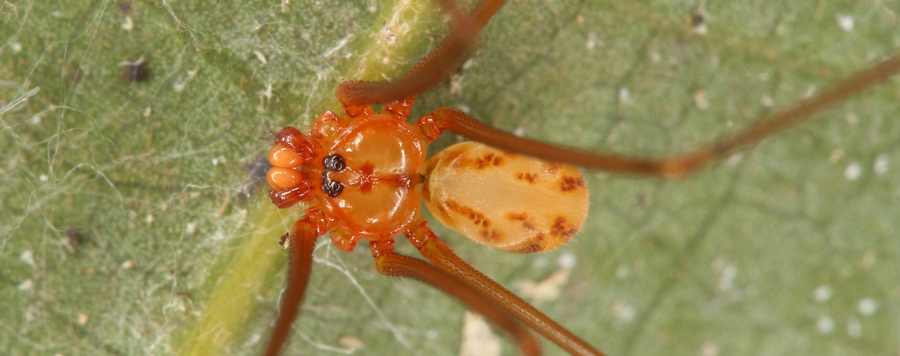
Carapoia in Brazil’s Atlantic Forest
The Atlantic Forest along the eastern South American coast is widely recognized as a hotspot with extreme levels of diversity, endemism, and threat. A megatransect study (2003–2015) focusing on pholcid spiders and covering 48 localities across a large part of the Brazilian Atlantic Forest resulted in 132 morphospecies, of which 81% were new to science. The present paper deals with the species of Carapoia González-Sponga, 1998 collected during this campaign. The endemism level is 100%, i.e. all 26 species of Carapoia in the Atlantic Forest are not known from (and not likely to occur) anywhere else. While few species (all of them with non-overlapping ranges) occur in the most southern and northern regions, the central region (between Rio Doce and Rio Paraguaçu; largely equivalent to what has been called the ‘Bahia refuge’) is characterized by high diversity and up to five species per locality. The following species are newly described (from South to North): C. voltavelha (Santa Catarina); C. macacu, C. divisa (Rio de Janeiro); C. nairae, C. capixaba, C. mirim, C. patafina (Espírito Santo); C. pau, C. gracilis, C. zumbii, C. dandarae, C. marceloi, C. viridis, C. jiboia, C. carvalhoi, C. carybei (Bahia); C. alagoas (Alagoas); C. saltinho, C. abdita (Pernambuco); C. septentrionalis (Pernambuco to Rio Grande do Norte). New records and amendments are given for most previously described Atlantic Forest species.





